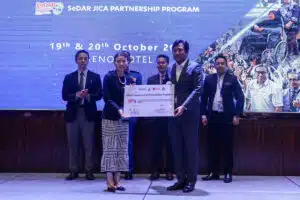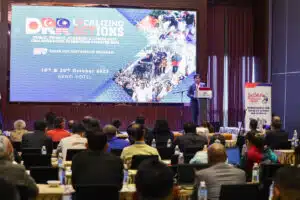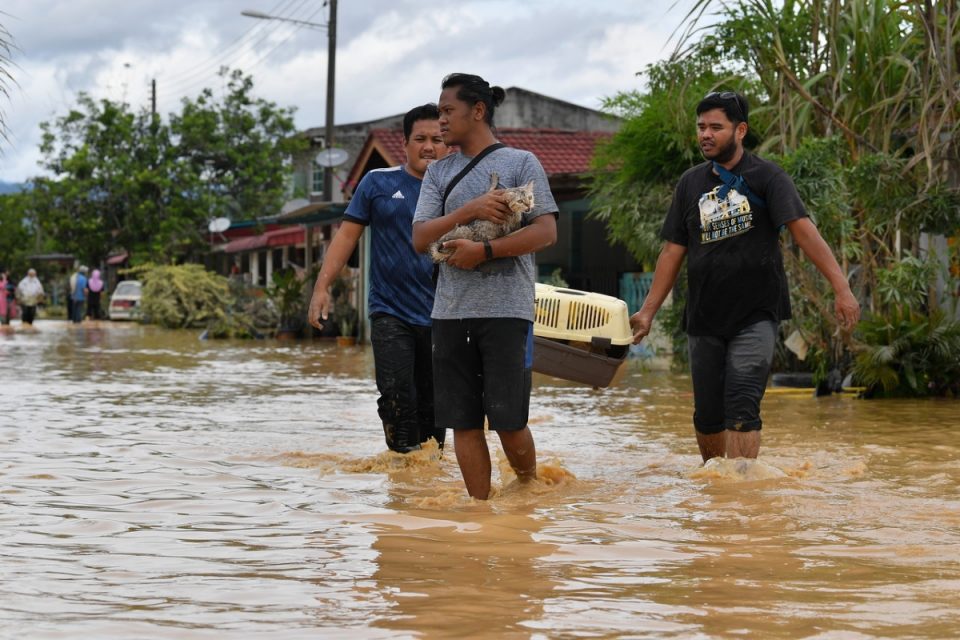By Zareef Muzammil
SHAH ALAM, Oct 21 — Utilising science and technology in disaster risk reduction (DRR) programmes facilitates the early detection of crises, said Universiti Teknologi Malaysia’s (UTM) Disaster Preparedness and Prevention Centre director Khamarrul Azahari Razak.
He said Japanese scientific modelling integrated into the programme modules makes it easier for the population to take action if a disaster occurs in their area.
“For example, through this modelling, we predicted a major flood in Hulu Langat in December 2021 and identified which areas would be affected by rising water levels. This enabled the residents to take more targeted actions based on scientific data.
“However, we should note this scientific technology is only a tool. The most crucial elements are the community’s awareness and actions itself. That is why we invite community leaders to present their ideas through this programme.

“Scientists provide background support as community leaders are at the forefront when disasters happen. They act based on scientific information to ensure the population’s safety,” Khamarrul said.
He was speaking at the DRR Action: Public, Private, Academic, and Community Collaboration symposium at the Geno Hotel yesterday. Also in attendance was state executive councillor for disaster management Mohd Najwan Halimi.
DRR is a smart partnership between the International Research Institute of Disaster Science (IRIDeS) at Tohoku University in Japan, DPPC UTM, the Malaysian Civil Defense Force, and the Selangor State Disaster Management Unit in the past four years.
The Japan International Cooperation Agency fully funds the programme and focuses on improving community understanding of disaster risks based on scientific data and technology.
In addition, it acts as a DRR leader in a particular locality, enabling them to share DRR knowledge with the public and implement practical DRR actions within their respective communities.






